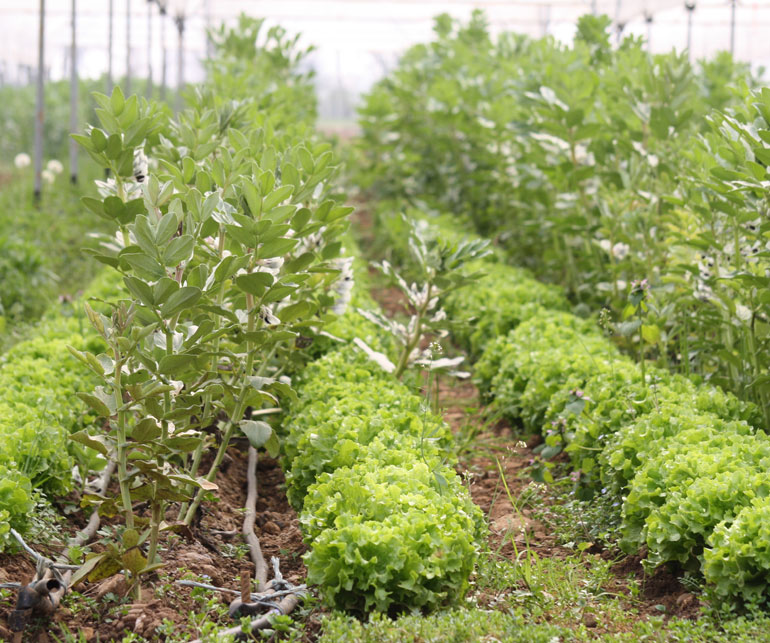
Today, a conscious man will recognize he is facing three great emergencies:
- 1) The seriousness of the environmental situation: physical-chemical pollution; climatic crises including the effects of climate change and scarcity of clean drinking water; and the degradation and pollution of the biological ecosystem by electro-magnetism, radioactivity, transgenic contamination, etc.;
- 2) The need to enhance the nutritional value of food so that it can support the man in all his components (physical, soul and spiritual); and
- 3) The severe economic difficulty in which agriculture is currently operating.
We must look for new roads and concrete measures to help, and in this regard, appropriately adapted homeopathic medicine combined with Biodynamic principles provides one solution.
It is well known by plant geneticists that the plant expresses no more than 30-40% of its genetic code, its DNA. The remainder is present but “silent," that is, it is not expressed. We can therefore hypothesize that in the plant world enormous possibilities are present for adaptation and response to the critical phenomena just mentioned, phenomena that restrict agricultural production and increase costs.
The Trinium/homeodynamic method works by stimulating these factors of life that lie “silent," and thereby stimulates the ability to bring adaptation and resistance to pests and climatic stress. Then the plants themselves begin to develop the ability to safeguard life, preserve their ability to produce, and to increase their quality.
The term "Homeodynamic" referring to the Trinium method, indicates that homeopathic products are used to transmit information to the DNA of the plant or to the soil life, thanks to the water component that is the carrier. The information contained in a certain natural substance is "extracted" by techniques such as maceration or infusion, and then that message is transmitted into water as a carrier substance. Since water is the basis of all living things, by virtue of its ability to transmit information it has the ability to properly stimulate all forms of life.
The Trinium method can thus stimulate:
- the humus formation process in the soil (even without the addition of organic matter);
- the composting process of organic matter;
- the activation of the purification processes in the soil, plants and water;
- the main plant processes (germination, flowering, tillering, ripening, formation of vitamins, active ingredients, etc.);
- resistance to climatic stress (cold, hot, dry, humid);
- resistance to pests and weeds;
- resistance to brackish water;
- resistance to pollen from GMOs; and
- resistance to electromagnetic fields.
In addition, the Eureka Institute has made a number of devices that enhance fertility, improve water quality, and help establish harmony within the entire farm system. For example, the Water Vitalizer improves the quality of water which results in the increased wetting capacity of water (up to 6 times). These devices have proven helpful for drought conditions.
The instructions for use of Trinium products, sold under the trade name Widdar, are extremely simple: Normally, the product is diluted in water by the farmer and sprayed on field in a fine mist. A specific brochure for each Widdar product explains its use.
Trinium agriculture, thanks to the fact that it uses homeopathy, is a completely eco-friendly agricultural method. Trinium products are, in fact, virtually 100% water, carrying almost no molecules of the preparation substance. They are now available in a clay base that allows easy shipping and a simple method of use. These products help to produce the highest quality food in an economical way, due to a dramatic reduction in production costs.
The Widdar products also use the Biodynamic preparations by bringing them, through the homeopathic dynamization, to a level of efficacy and precision far superior to those of the past.
This method has three clear advantages: complete absence of undesirable residues in the soil and in plants; limited cost of the preparations given the high dilution rate; and operational convenience.